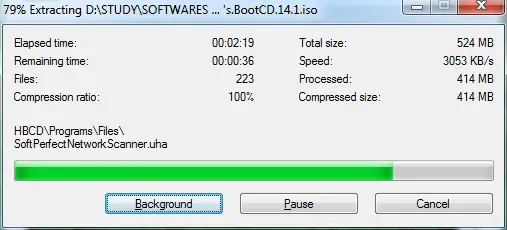

A volume loss (not just simply MBR error) is indicator normally of HDD failure and loss (physical issue). The problem isn't software (Windows) the problem is the drive entire VOLUME that says X amount of space exists on this drive is toast. The next time you start your computer, you will see a "Microsoft Windows Recovery Console" entry on the boot menu. Click Yes to start the installation procedure. The system prompts you to confirm installation. Where d is the drive letter for the CD-ROM drive.Ī Windows Setup Dialog Box appears, which describes the Recovery Console option. Insert the Windows XP CD into the CD-ROM drive. To install the Recovery Console, perform the following steps: I got lucky,try everything under HDD (i remembered was a chinese name who made it).your hardisk is corrupted.if found successful.install that OS again.if installed.u can create a recovery read below. *For Legacy Mode installs swap the Settings in #4.Im not sure.but maybe hirens has solutions under HDD.using this to revive my hardisk back years. Note: The Windows License Key is in the BIOS on New Systems and with the above Method the Correct Version of Windows 10 Home is Automatically installed based on the Key.

Once installed, Reconnect the Factory HDD and secure the Back Cover.Install Windows10 to New SSD Installed above.Select the USB and if you used the correct format in burning in Rufus Windows Should Install else check #4.Insert the USB & Power on the laptop ( whilst booting) hit key until Boot menu comes up.Using Rufus Burn Windows10.ISO to USB with following settings > Partition Scheme / Target System = MBR Partition Scheme for UEFI Computer / FAT32.

Bought a new Crucial SSD M.2 2280 HDD Installed.This Solution allows to install Windows 7~10 on a UEFI System NOT in Legacy Mode. HP-15-ae144tx Primary SANDISK SSD 300x M.2 2280 HDD Failed Smart Test and refused to boot. I see answers to relavant questions stating that 'Legacy Mode' should be used in order to re-install Windows 7~10 rather then using the newer UEFI system of New PC's/Laptops. Because UEFI and MBR are 2 different systems the boot disk needs to be in the correct format in order for the bios/bootloader to recognise it.


 0 kommentar(er)
0 kommentar(er)
